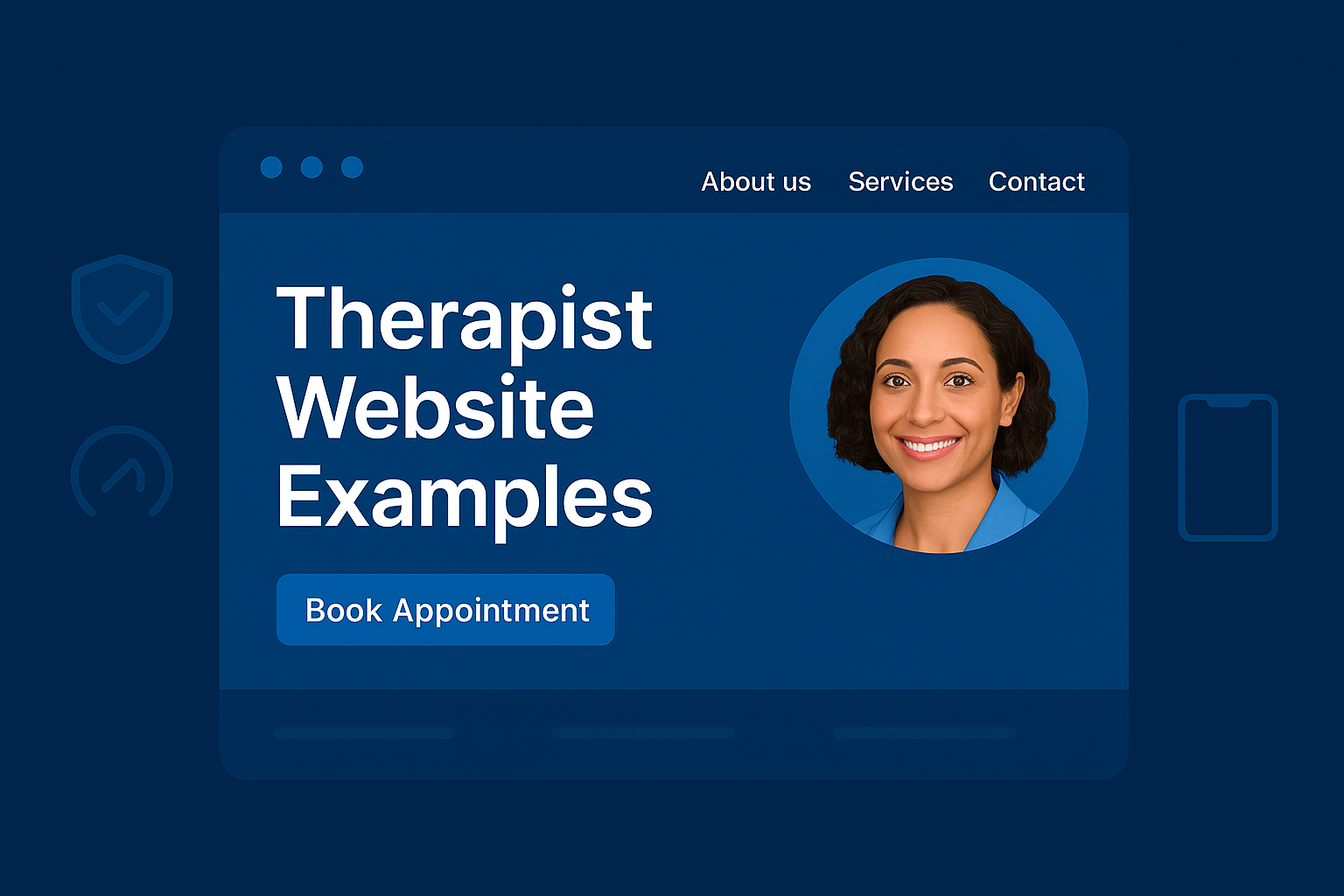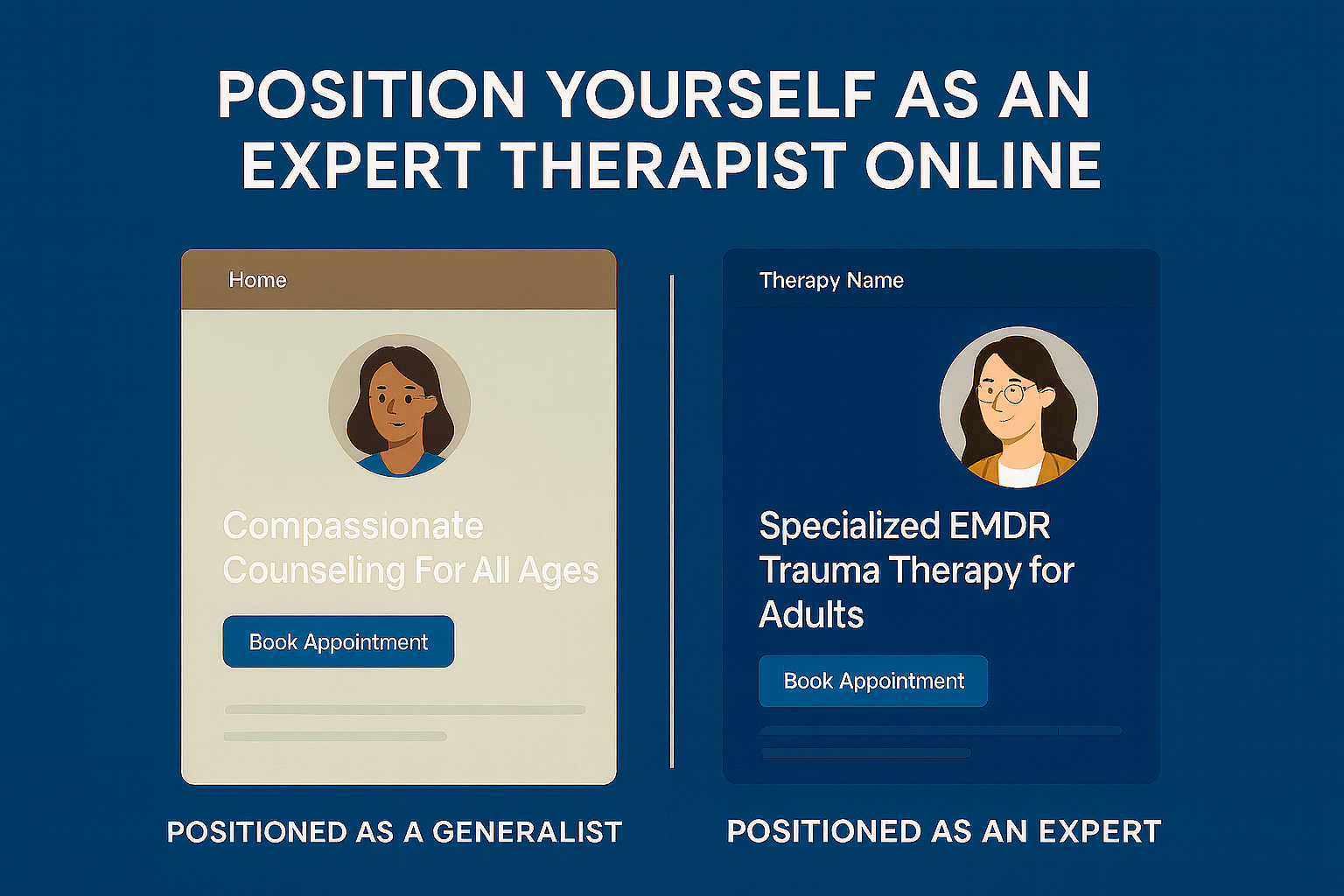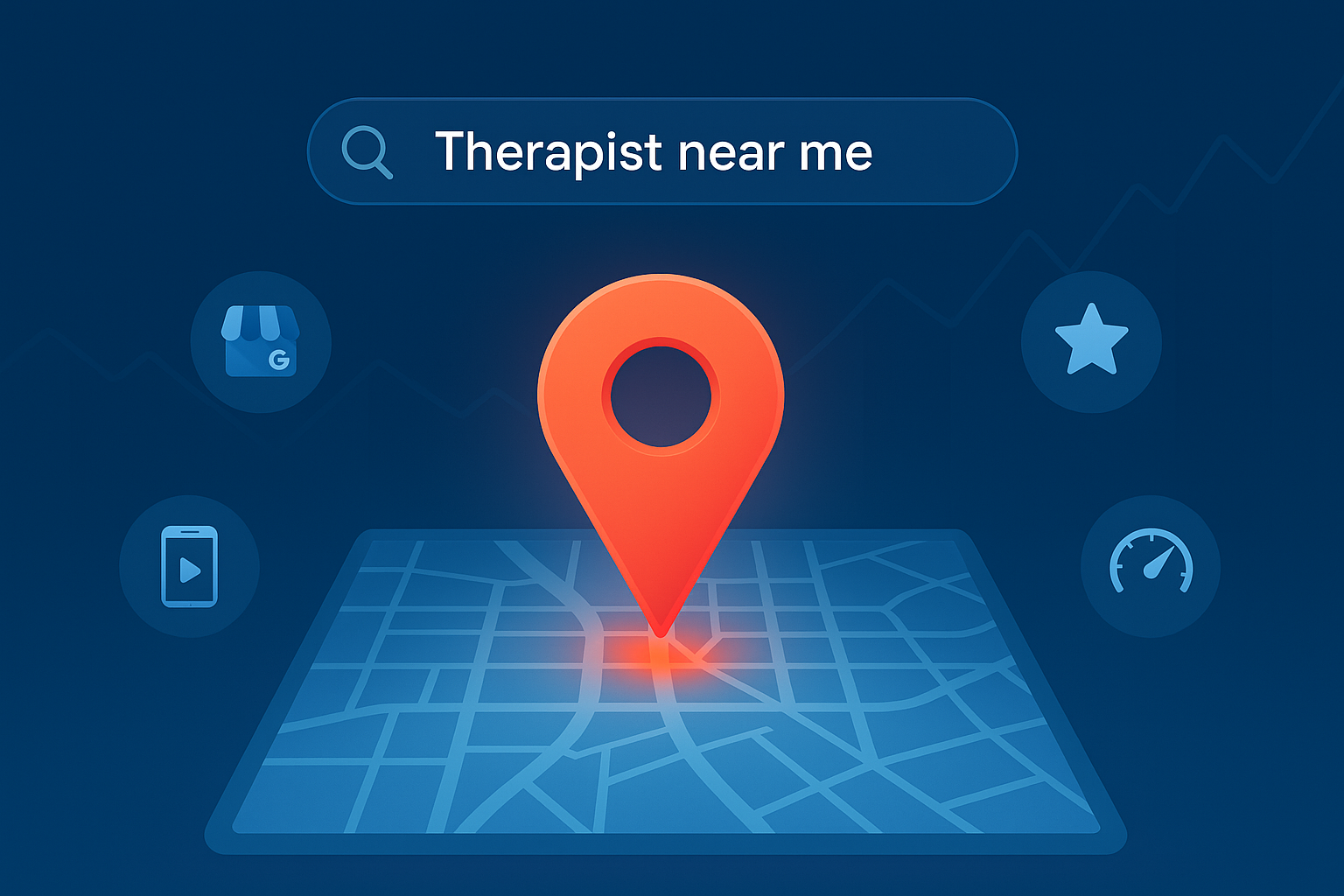Teletherapy has revolutionized mental health care, offering therapists the ability to connect with clients remotely while expanding access to services. However, the shift to virtual counseling introduces unique challenges in maintaining the privacy and security of client data, as required by the Health Insurance Portability and Accountability Act (HIPAA). Failing to comply with HIPAA can result in significant fines and damage to your practice’s reputation. Ensuring HIPAA compliance in teletherapy: what therapists must know provides a comprehensive guide to safeguarding client information, from choosing secure platforms to implementing best practices. In this guide from Mental Health IT Solutions (MHIS), I’ll outline the key requirements, risks, and strategies to ensure compliance, helping you deliver teletherapy with confidence.
Understanding HIPAA Compliance in the Context of Teletherapy
HIPAA sets the standard for protecting sensitive health information, and its requirements are especially critical in teletherapy, where data is transmitted digitally.
What Is HIPAA Compliance?
Protecting Client Data
HIPAA, enacted in 1996, mandates that healthcare providers, including therapists, safeguard Protected Health Information (PHI), such as client records, session notes, and billing details. This includes ensuring privacy, security, and proper handling of PHI.
Teletherapy-Specific Requirements
In teletherapy, HIPAA compliance extends to digital communications, requiring secure video platforms, encrypted data transmission, and strict access controls to protect client information during virtual sessions.
Why HIPAA Compliance Matters in Teletherapy
Legal and Financial Risks
Non-compliance can lead to fines ranging from $100 to $50,000 per violation, with a maximum of $1.5 million per year, according to the U.S. Department of Health and Human Services (HHS). A breach could also result in lawsuits or loss of licensure.
Building Client Trust
Ensuring HIPAA compliance demonstrates your commitment to client privacy, fostering trust and encouraging clients to engage openly in teletherapy, a key focus of ensuring HIPAA compliance in teletherapy: what therapists must know.
Key HIPAA Requirements for Teletherapy
Let’s explore the specific HIPAA rules that apply to teletherapy and how they impact your practice.
1. Use of Secure Communication Platforms
Requirement: Encrypted Video and Messaging
HIPAA requires that all teletherapy platforms use end-to-end encryption to protect PHI during transmission. This applies to video sessions, secure messaging, and client portals.
Action: Choose a Compliant Platform
Select a teletherapy platform that guarantees HIPAA compliance, such as SimplePractice or TheraPlatform, which offer encrypted video and signed Business Associate Agreements (BAAs). For more on platforms, see Top Teletherapy Platforms for Mental Health Professionals in 2025.
2. Business Associate Agreements (BAAs)
Requirement: Vendor Accountability
A BAA is a contract between you and your teletherapy platform provider, ensuring they also comply with HIPAA by safeguarding PHI. Without a BAA, you’re liable for any breaches caused by the vendor.
Action: Verify and Sign a BAA
Before using a platform, confirm the vendor provides a BAA. Platforms like TherapyNotes include this as standard, but always review the agreement to ensure it meets HIPAA standards.
3. Secure Storage and Access Controls
Requirement: Protect Stored Data
HIPAA mandates that PHI stored in your Electronic Health Record (EHR) system or teletherapy platform is protected with access controls, such as role-based permissions and audit trails, to track who accesses client data.
Action: Implement Security Measures
Use an EHR with built-in security features, like TheraNest, which offers role-based access and encryption for stored data. Regularly audit access logs to detect unauthorized activity. For more on security, see How to Secure Patient Data with an EHR for Mental Health Practices.
4. Client Consent and Transparency
Requirement: Informed Consent
HIPAA requires that clients are informed about how their data will be used and protected in teletherapy, including potential risks like tech disruptions or breaches.
Action: Update Consent Forms
Revise your informed consent forms to include teletherapy-specific details, such as the use of video platforms and privacy measures. Ensure clients sign these forms before starting virtual sessions.
Common HIPAA Compliance Risks in Teletherapy
1. Using Non-Compliant Platforms
Risk: Unsecured Communication
Using platforms like Zoom (without a BAA) or Skype for teletherapy can lead to breaches, as they may not meet HIPAA encryption standards, exposing PHI to unauthorized access.
Solution: Vet Your Platform
Only use platforms explicitly designed for teletherapy with HIPAA compliance, such as those listed in the MHIS guide on top platforms. Avoid consumer-grade tools unless they offer a BAA and encryption.
2. Inadequate Security Practices
Risk: Data Breaches
Weak passwords, lack of multi-factor authentication (MFA), or using public Wi-Fi can compromise client data, leading to breaches that violate HIPAA.
Solution: Strengthen Security Protocols
Enable MFA on your teletherapy platform and EHR, use strong passwords, and avoid public Wi-Fi. Train your team on best practices to minimize risks, aligning with ensuring HIPAA compliance in teletherapy: what therapists must know.
3. Improper Handling of Psychotherapy Notes
Risk: Accidental Disclosure
Psychotherapy notes, which require stricter protection under HIPAA, may be accidentally shared if not properly separated from general records in your teletherapy system.
Solution: Use Mental Health-Specific Tools
Choose an EHR that separates psychotherapy notes, like SimplePractice, and restricts access to authorized users only. For more on this, see HIPAA Compliance and EHR: What Every Mental Health Professional Should Know.
Best Practices for Ensuring HIPAA Compliance in Teletherapy
1. Conduct a Risk Assessment
Identify Vulnerabilities
Perform a risk assessment to identify potential weaknesses in your teletherapy setup, such as unencrypted devices or lack of staff training. Document your findings and address each issue.
Regular Updates
Repeat the assessment annually or after major changes, like switching platforms, to ensure ongoing compliance.
2. Train Your Team on HIPAA
Educate Staff
Train all staff on HIPAA requirements, focusing on teletherapy-specific risks like secure session setup and data handling. Use real-world scenarios to reinforce best practices.
Document Training
Keep records of training sessions to demonstrate compliance in case of an audit, a critical step in ensuring HIPAA compliance in teletherapy: what therapists must know.
3. Use Secure Technology
Reliable Platforms
Choose platforms with robust security features, such as TheraPlatform’s audit trails and encryption, to protect client data during and after sessions.
Backup Systems
Ensure your teletherapy platform and EHR have secure backup systems to prevent data loss in case of technical failures. For more on tech challenges, see Common EHR Challenges for Mental Health Therapists and How to Overcome Them.
4. Communicate Clearly with Clients
Set Expectations
Explain to clients how their data is protected in teletherapy, including the use of encryption and secure platforms, to build trust and ensure transparency.
Provide Resources
Offer clients tips for their own security, such as using a private space for sessions and avoiding public Wi-Fi, to enhance overall safety.
Benefits of HIPAA Compliance in Teletherapy
Legal Protection
Compliance reduces the risk of fines and lawsuits, protecting your practice from financial and legal consequences.
Client Trust
A secure teletherapy practice fosters client confidence, encouraging open communication and engagement, which improves outcomes. For more on outcomes, see The Role of EHR in Enhancing Patient Care and Therapy Outcomes.
Practice Reputation
Demonstrating a commitment to privacy enhances your reputation, attracting clients who value security in virtual care.
The Long-Term Impact on Your Practice
Mastering ensuring HIPAA compliance in teletherapy: what therapists must know can safeguard your practice while enhancing client care. By choosing secure platforms, implementing best practices, and staying informed about regulations, you can deliver teletherapy with confidence, knowing your clients’ data is protected. Over time, this builds trust, supports practice growth, and positions you as a leader in the evolving landscape of virtual mental health care.
Final Thoughts
Ensuring HIPAA compliance in teletherapy: What therapists must know is a critical step in building a secure and successful teletherapy practice. By prioritizing privacy and security, you can focus on delivering high-quality care without the worry of legal risks. Partnering with Mental Health IT Solutions can help you navigate these requirements.
Ready to explore the best teletherapy tools? Visit Top Teletherapy Platforms for Mental Health Professionals in 2025 for expert recommendations.







